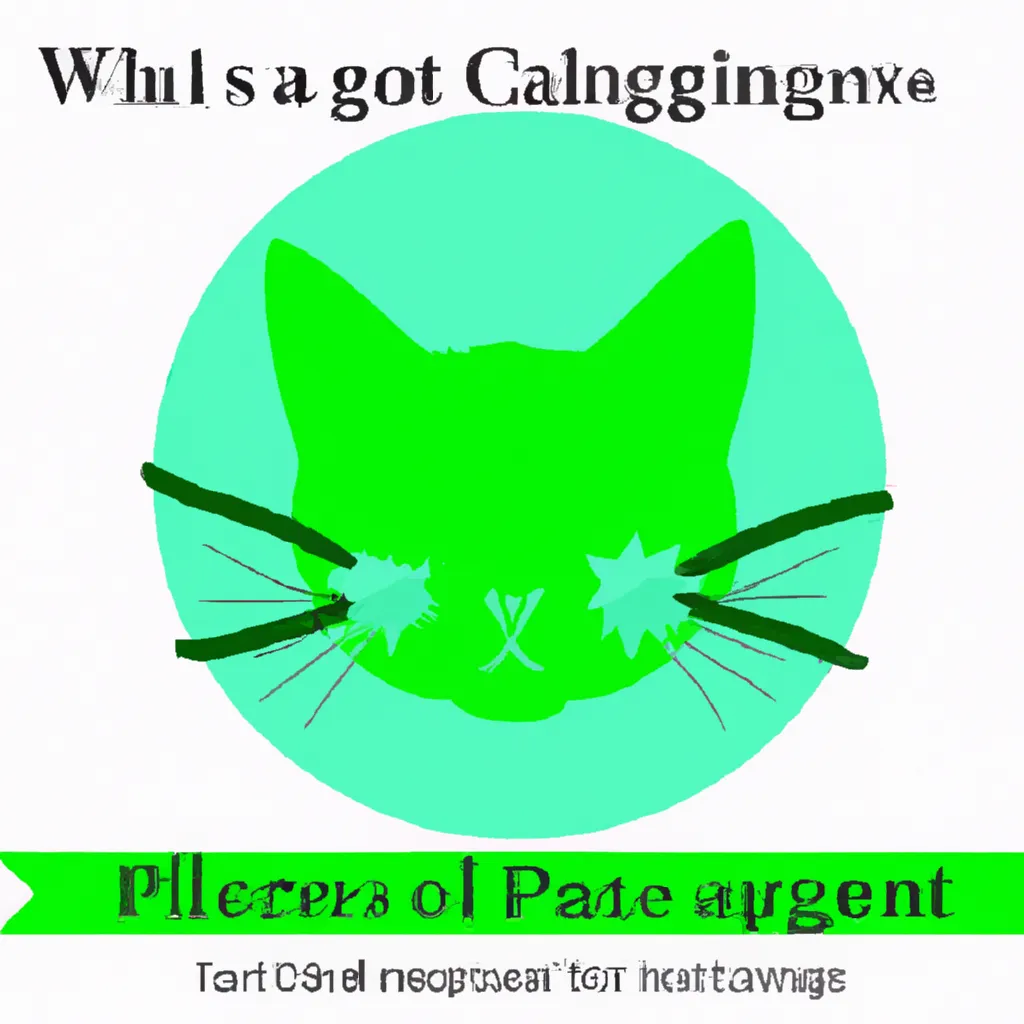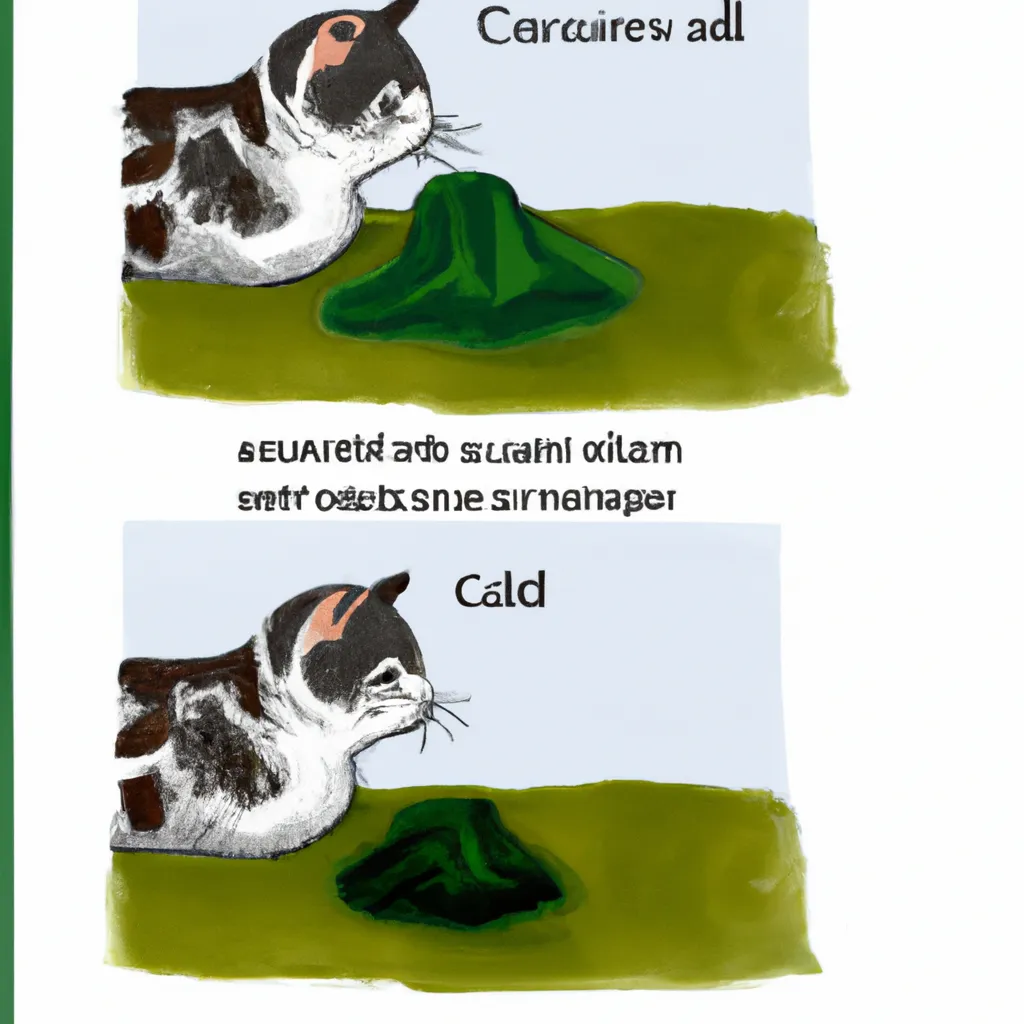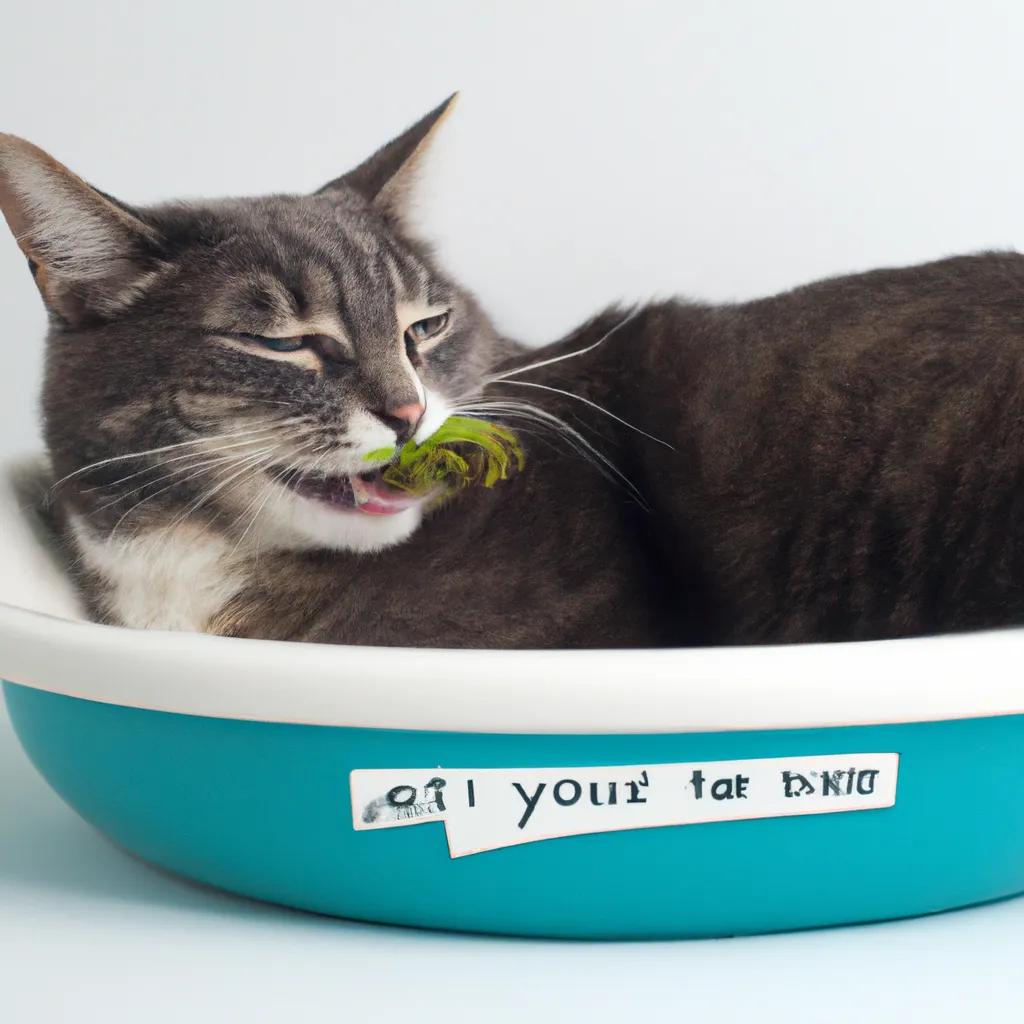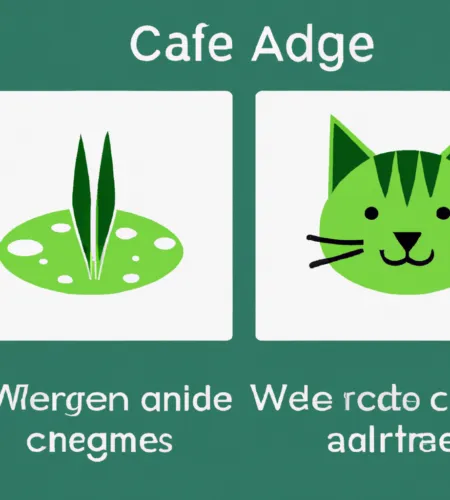In this particular article, we’re going to delve into an unusual, yet increasingly common query: “Can cats eat algae?” This topic may seem like an oddity, but it’s a question that stems from the growing trend of incorporating algae into human diets for its reputed health benefits. However, what is beneficial for us may not always be suitable for our purring companions.
Just as the sun dips below the horizon, casting a surreal glow on the ocean, let’s dive deep into the mysterious underwater world of algae and its potential implications on our feline friends’ health. We’ll explore the good, the bad, and the unknown, providing a comprehensive guide that will satisfy your curiosity and help you make informed decisions about your cat’s diet.
We’ll start by investigating whether algae could be harmful to cats, identifying the symptoms of potential algae poisoning, and determining the toxic levels. Then, we’ll pivot to the more practical side of things: what to do if your whiskered companion has ingested algae and how you can help them.
Are you wondering if cats even like algae? We’ll cover that too, along with the potential health benefits, if any, of algae for cats. We’ll look into the possibility of cats eating algae wafers and explore safe alternatives to algae in a feline diet. And, as an added bonus, we’ll discuss the best food options for cats, to ensure your beloved pet is getting the most nutritious and balanced diet possible.
So, whether you’re a seasoned cat owner, a new kitten parent, or simply a curious cat lover, this comprehensive exploration of cats and algae is designed to pique your interest and provide you with a wealth of knowledge. Let’s embark on this intriguing journey together, navigating the uncharted waters of feline nutrition and algae.
Is algae Bad for Cats?
No, algae is not inherently harmful to cats. It’s essential to distinguish between the various types of algae, as some, like blue-green algae, can be toxic and pose significant health risks to your feline friends. On the other hand, certain types of algae, such as spirulina, are deemed safe and can even offer nutritional benefits when incorporated into their diet in appropriate amounts. Nevertheless, it’s crucial to consult with a veterinary professional before introducing any new food items into your cat’s diet to ensure their safety and wellbeing. In conclusion, while some algae can be beneficial, others can be detrimental, making it a matter of type and quantity.
Why is algae bad for cats?
While algae in general are not inherently harmful to cats, certain types of blue-green algae (cyanobacteria) can pose a significant risk. These microscopic organisms, often found in stagnant, warm freshwater bodies, produce toxins that are potentially lethal for cats. When ingested, these toxins can cause severe damage to the liver, nervous system, and other organs. Further, cats are more susceptible due to their grooming habits, as they may lick their fur after contact with contaminated water, thereby ingesting the harmful algae. Therefore, it is crucial to prevent your feline friends from accessing areas with suspected blue-green algae blooms.

What are the symptoms of algae Poisoning in Cats?
Identifying algae poisoning in cats can be challenging due to the wide range of symptoms, which can vary depending on the type of toxin ingested. However, common signs include vomiting, diarrhea, loss of appetite, lethargy, jaundice (yellowing of the skin and eyes), seizures, and even sudden death in severe cases. Neurological symptoms such as disorientation, tremors, and difficulty breathing may also be observed if neurotoxins are involved. If you suspect your cat has been exposed to toxic algae, it is imperative to seek immediate veterinary attention. Early detection and treatment can significantly improve the prognosis and reduce the risk of long-term complications.
How much algae is toxic to cats?
While it’s true that certain types of algae can offer nutritional benefits to felines, the threshold for toxicity is not clearly defined due to the varying species and conditions of algae. However, blue-green algae, scientifically known as Cyanobacteria, is particularly harmful and can be lethal to cats even in small amounts. Ingestion of this toxic algae can lead to severe liver damage or neurotoxicity, with symptoms manifesting rapidly after consumption. Therefore, it’s crucial to prevent your furry friends from ingesting algae, especially those found in stagnant water bodies, as the risk far outweighs any potential benefits. Always consult your vet before introducing new foods into your cat’s diet to ensure their safety and well-being.
Can Cats Die From algae?
No, cats cannot directly die from consuming algae. However, it’s crucial to be aware that not all algae are created equal. Certain types, such as blue-green algae (cyanobacteria), can be toxic and potentially fatal for cats if ingested in large quantities. These harmful algae can produce toxins leading to severe health issues like liver damage, neurotoxicity, and in worst-case scenarios, death. Therefore, while algae itself may not be lethal, the toxins it can produce certainly can be. So, it’s always best to err on the side of caution and keep our feline friends away from algae, especially if you’re unsure of its type or origin.
Moreover, cats are obligate carnivores, meaning their bodies are designed to thrive on a diet primarily composed of meat. Algae, while containing certain beneficial nutrients, does not provide all the essential nutrients cats need for optimal health. Thus, even non-toxic algae should not be considered a primary food source for your whiskered companions. Always consult with a professional veterinarian before introducing any new food into your cat’s diet to ensure their health and longevity.
What to do if cat ate algae? How to help?
If your feline friend has ingested algae, it’s crucial to monitor her closely for any signs of discomfort or unusual behavior. Algae, particularly blue-green algae often found in stagnant water bodies, can be toxic to cats. Symptoms may include vomiting, diarrhea, loss of appetite, lethargy, or even seizures in severe cases. Prompt veterinary attention is essential to ensure your cat’s well-being.
Administering first aid at home should only be done under the guidance of a professional vet. If you notice any adverse symptoms, avoid inducing vomiting unless explicitly instructed by the vet, as this could potentially worsen the situation. Hydrating your cat and keeping her comfortable until professional help arrives is crucial.
Prevention is always better than cure, so it’s advisable to keep your feline companions away from ponds, lakes, or any water bodies that could potentially harbor harmful algae. Always provide clean, fresh water for your cats to ensure they stay hydrated without resorting to drinking from unsafe sources.
What will a vet do if a cat is poisoned by algae?
If a feline friend ever ingests toxic algae, a vet will promptly initiate a series of critical interventions to counteract the poisoning. This typically involves a comprehensive evaluation of the cat’s condition, including blood tests and other diagnostic procedures to determine the severity of the poisoning. The vet may administer activated charcoal to absorb the toxins from the cat’s system, and in severe cases, intravenous fluid therapy may be necessary to support kidney function and aid in toxin removal. Depending on the specific type of algae ingested, the vet may also prescribe necessary medications to treat symptoms and prevent further complications. Rest assured, these professionals are equipped with the knowledge and tools to handle such feline emergencies, ensuring that your cat gets the best possible care.

Do cats like algae?
As for whether cats are fond of algae, it’s a bit of a mixed bag. While some cats might be intrigued by the unusual texture and smell, most cats are not naturally drawn to algae as a part of their diet. In fact, cats are obligate carnivores, meaning their primary nutritional needs are best met through a diet rich in animal-based proteins. Algae, being plant-based, doesn’t typically appeal to their taste buds or dietary requirements. However, it’s essential to note that certain types of algae can be harmful or even lethal to cats if ingested, so it’s always best to keep your curious kitties away from any algae, whether it’s in a pond, aquarium, or on a rock. As a cat lover and specialist, I can’t stress enough the importance of keeping our feline companions safe and their diet appropriate for their specific needs.
Is algae good (healthy) for cats?
No and while algae isn’t harmful to cats, it’s not particularly beneficial either. Cats, as obligate carnivores, thrive on a diet rich in animal proteins. While algae is a powerhouse of nutrients for humans and certain animals, cats can’t fully utilize these nutrients due to their specific dietary needs. Their bodies are not designed to process plant-based proteins efficiently, which includes those found in algae. However, this doesn’t mean that a small amount of algae would be detrimental to your feline friend. It’s just that their nutritional needs are best met with a diet that’s primarily meat-based.
Can cats eat algae wafers?
On the topic of algae wafers, these are typically designed for fish and contain a mix of algae and other plant materials. While cats may be curious and nibble on an algae wafer if they come across one, it’s not an ideal food source for them. The nutritional profile of algae wafers doesn’t align with a cat’s dietary needs, and some ingredients in the wafers could potentially upset their stomach. Moreover, many algae wafers are fortified with additives and preservatives, which could be harmful to cats in the long run. So, while it’s not a catastrophe if your cat steals a nibble, it’s best to keep algae wafers out of their reach and stick to a vet-recommended diet.

Are there safe alternatives to algae for cats?
While cats can ingest algae, it’s not a staple in their diet and there are safer alternatives to consider. For instance, taurine, an essential amino acid for cats, can be found abundantly in animal-based proteins like chicken, fish, and beef. Similarly, omega-3 fatty acids, typically found in algae, can be sourced from fish oil or flaxseed. It’s crucial to remember that cats are obligate carnivores, thus their dietary needs are best met through high-quality animal proteins rather than plant-based nutrients.
What is the best food for cats?
Identifying the ‘best’ food for cats depends largely on their individual needs, age, and health status. However, a high-quality commercial cat food that is nutritionally complete and balanced is generally a good choice. These foods often contain a mix of proteins, fats, carbohydrates, vitamins, and minerals that align with a cat’s dietary requirements. Brands like Royal Canin, Purina Pro Plan, and Hill’s Science Diet offer a variety of formulas tailored to specific life stages, health conditions, and dietary preferences. It’s always advisable to consult with a veterinarian for personalized nutrition advice for your feline friend.
Subscribe to our email newsletter to get the latest posts delivered right to your email.

